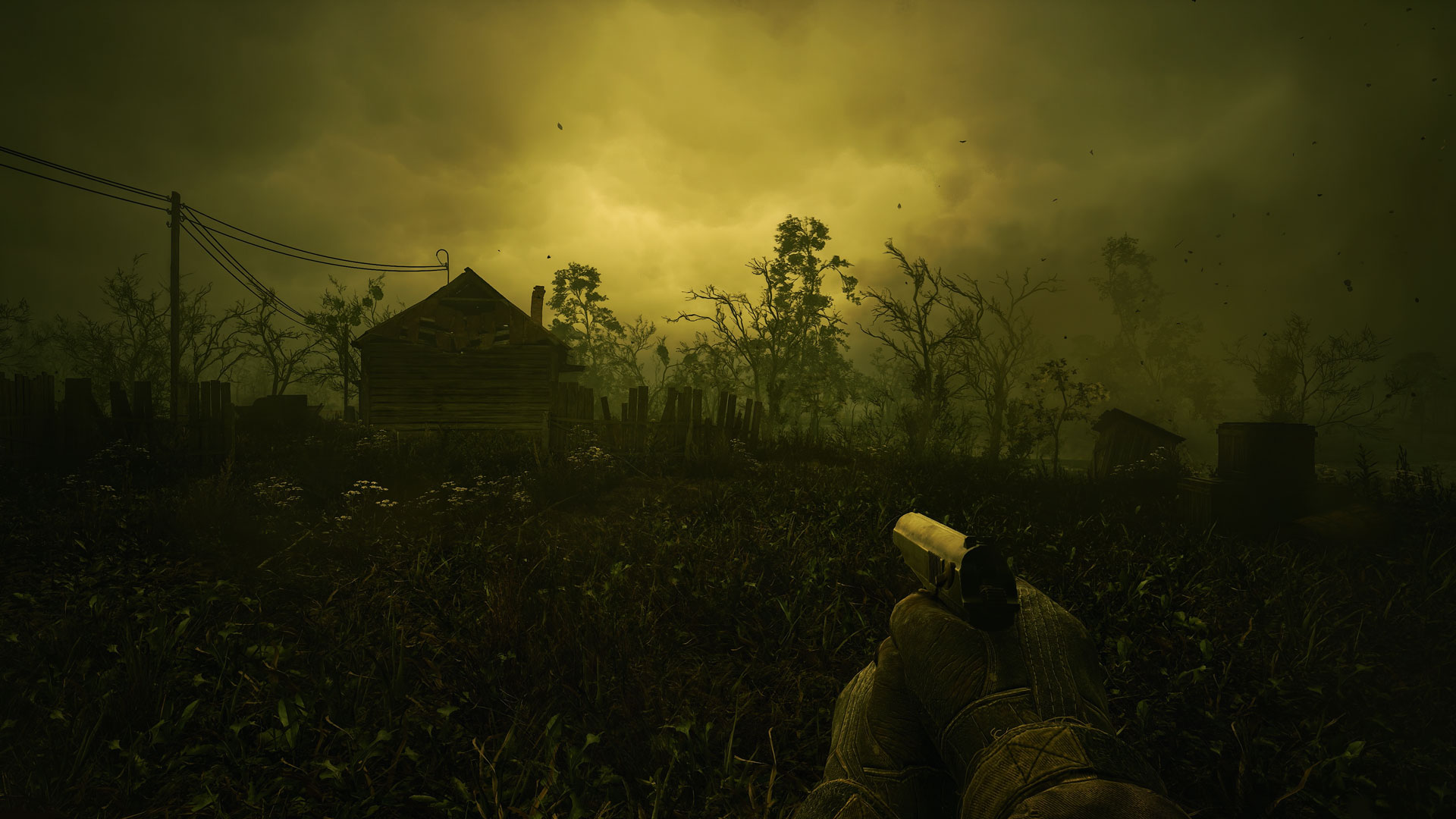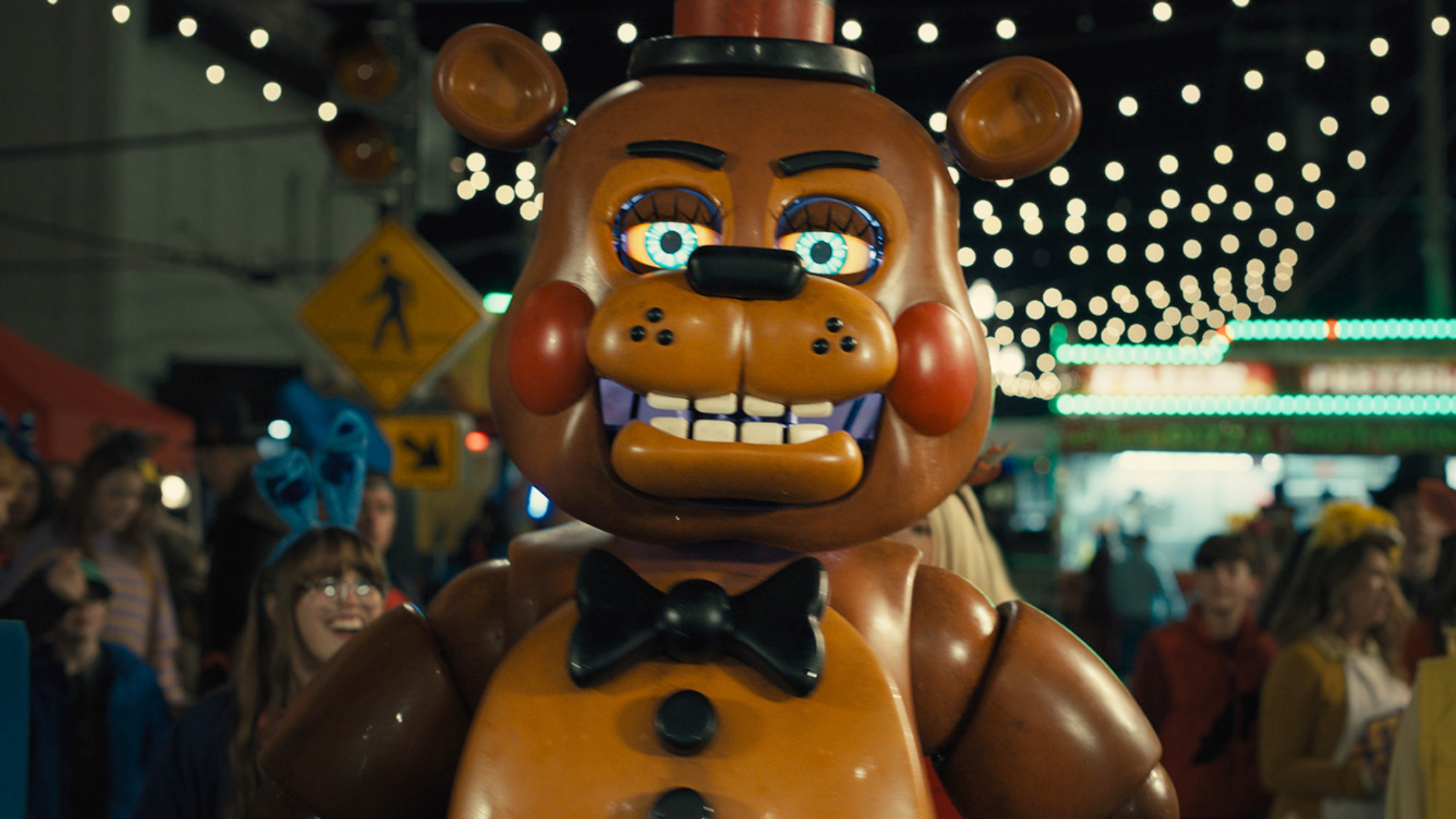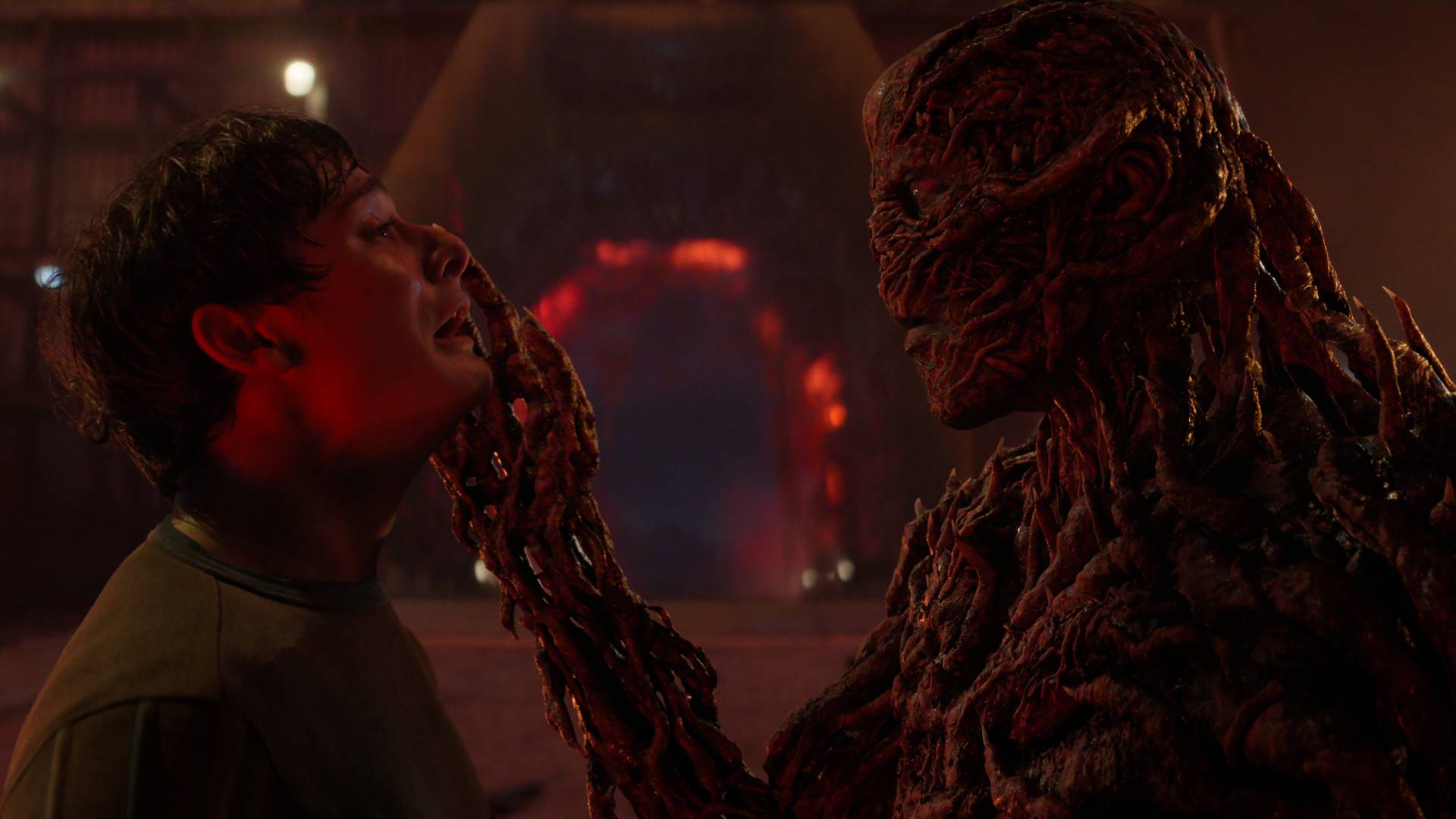Stalker 2 has some of the best FPS action I've played in 2024, thanks to its "old-school" formula that treats players as "highly expendable"
By staying true to the original Stalker games, Heart of Chornobyl makes every firefight feel like you're "battling for your life"
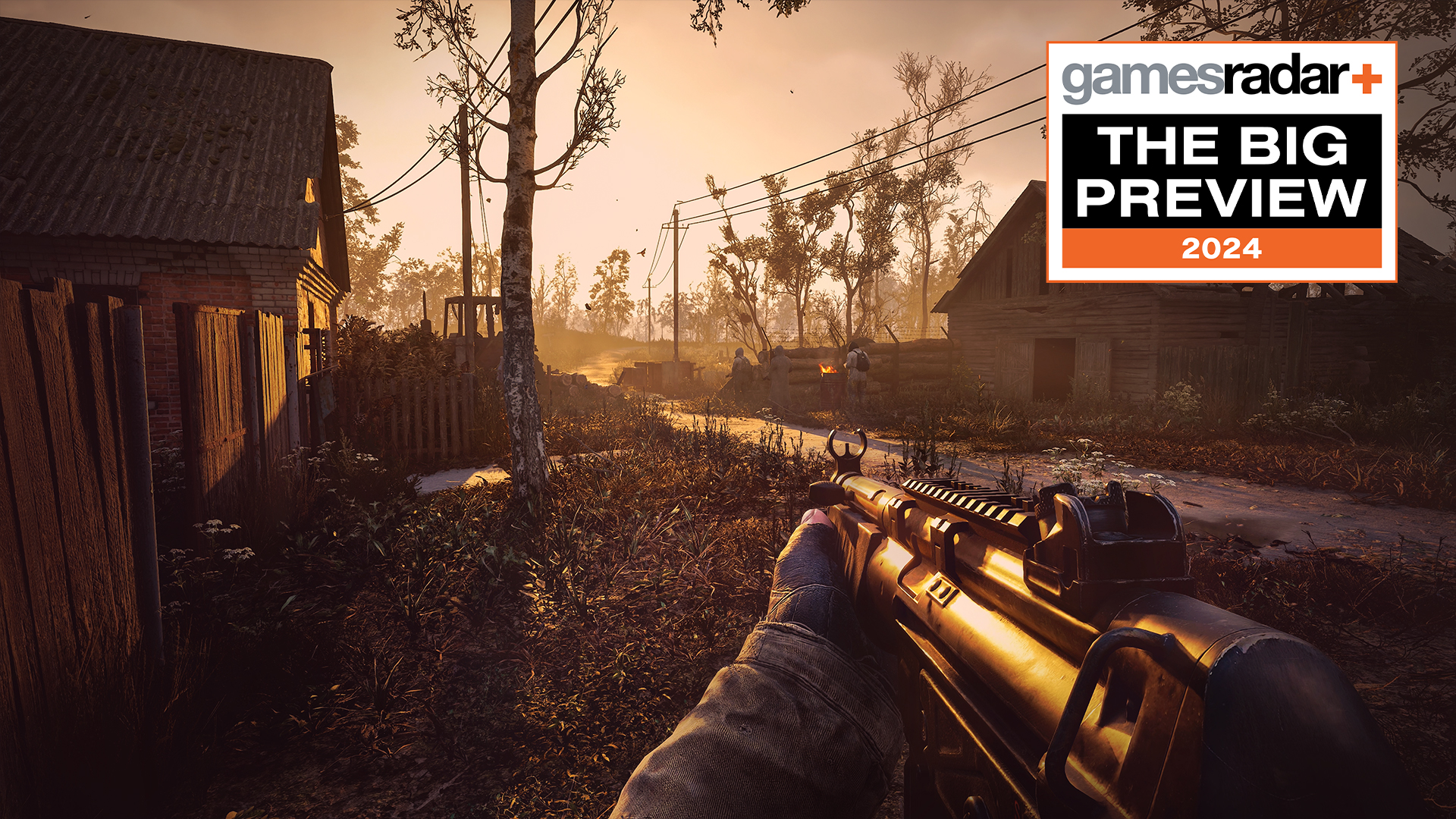
Blink, and you'll miss the hubris-to-heartbreak pipeline that precedes most deaths in Stalker 2: Heart of Chornobyl. After visiting The Zone myself for a three-hour preview, I've unfortunately got the receipts to prove it. Where to start – the time I killed a group of bandits, only to collapse before bandaging my gunshot wounds? Another death mere minutes later, when I was jumped by a fourth stalker I'd failed to count before going in guns-blazing against his three friends? Choices, choices.
In most game previews, I'd be turning beet-red with every death, equating failure with wasted seconds I could have been Seeing Stuff. But in Stalker 2, I caught myself grinning at respawn screens and victorious shootouts alike. Given how squishy protagonist Skif is, the difference between the two can come down to a single bullet. The result is more of the same unforgiving firefights that defined the original Stalker trilogy, where headshots drop enemies in gratifying crumples and dashing from cover to cover feels like having to run over live wires.
I realized how much I was enjoying Stalker 2's difficulty during an unnamed side quest to kill a group of bandits for their bounty. The wanted men were camped against a river, and – as I learned the hard way – there were too many for me to attack head-on. My first attempt at dispensing justice ended with dying ignobly in the nearest bush, while returning to try sniping them from afar resulted in a similar fate. Yet through trial and error that felt closer to a roguelike than a traditional shooter, I workshopped a plan to lure the bandits out of their camp by lobbing grenades at them from a distance. From there, the goal was to quietly let them hunt for me in a patch of nearby woods, wait for them to spread out, then pick them off one by one.
It – sort of – worked. Sometimes they'd catch me before I could duck behind a tree and riddle me with bullets. On one particularly embarrassing occasion, the noise of our shootout drew a pack of feral dogs, who tore me to shreds before I could scramble up the digger I was taking cover behind. But it was all worth it for the intoxicating triumph of finally killing them, moving quietly between trees before peeking out to headshot a bandit and scramble away in pursuit of the next target. I can't remember the last time a single-player shooter gave such a rush, but it wouldn't have been half as potent without feeling so hard-earned. It's how I imagine an action sequence in a movie is filmed – rehearsed, tweaked, and iterated upon, until the final cut makes every second look sleek and effortless.
Stalker 2: Shadow Of Chornobyl – The Big Preview
From a lengthy hands-on to developer interviews, we've got you covered for all things The Zone at our Stalker 2: Heart of Chornobyl Big Preview hub.
Live, die, repeat
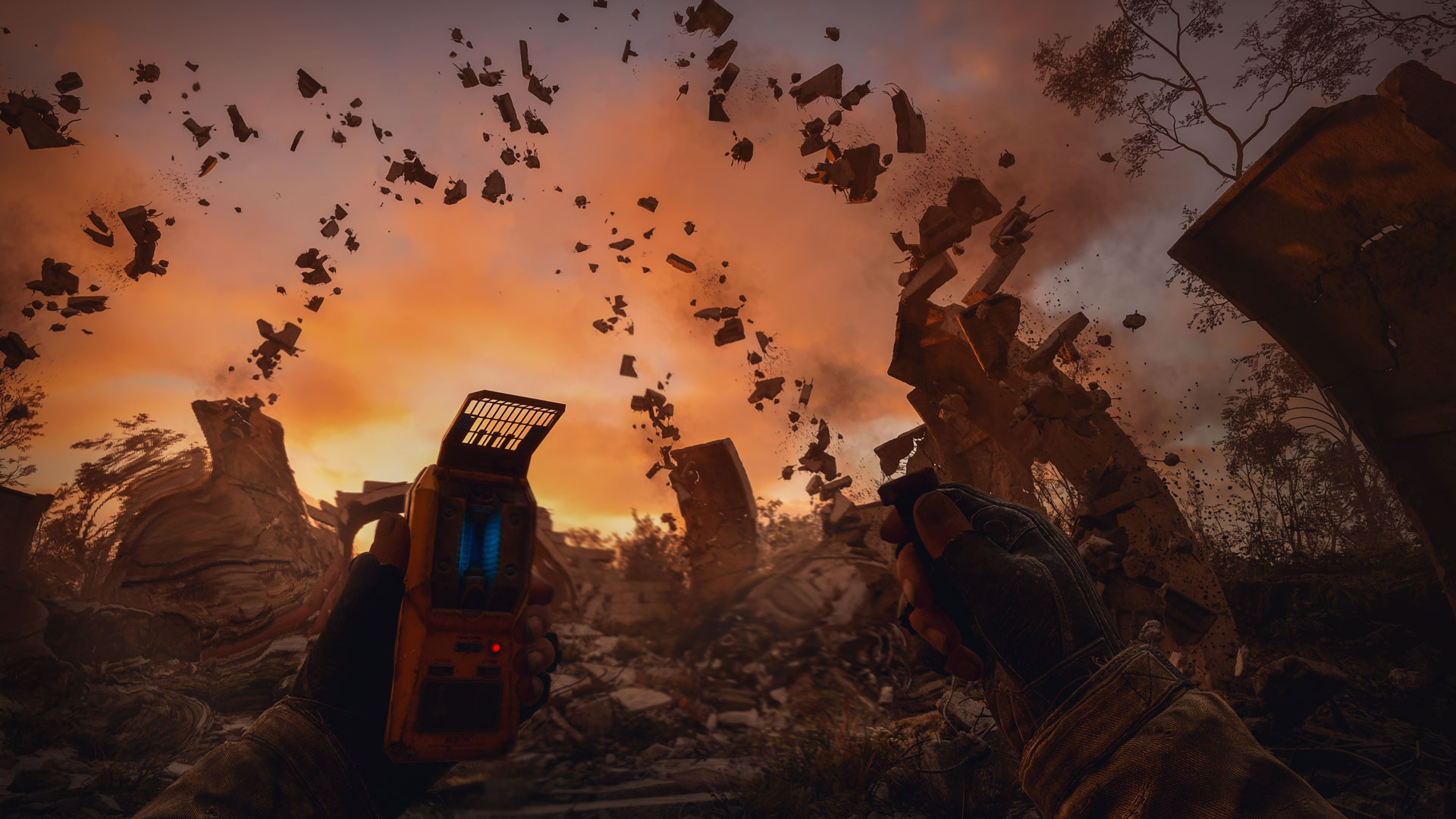
When I catch up with GSC Game World's PR lead Zakhar Bocharov, I'm keen to learn how the team has made that unrelenting cycle of life and death feel so gripping. He explains that it's a result of drawing directly from the original trilogy's tone, in which anything besides brutality would feel alien.
"It's about keeping that sense of being highly expendable," says Bocharov. "Being just a person in The Zone – The Zone can get rid of you and no one will notice. You're small and weak, and if you don't play by The Zone's rules, you're gone. So you need to adjust, you need to figure out these rules on the go."
Of course, there are some major differences between Stalker 2 and its predecessors. The elephant's foot in the room is that Heart of Chornobyl is GSC Game World's shot at making Stalker mainstream – besides being one of the best-looking games around, its open world is leagues vaster and more accommodating to players who want to carve out their own path through The Zone. Doing all of this and still feeling like Stalker is a trick in itself, says Bocharov, who explains that the key is to never lose sight of the original games' essence.
Weekly digests, tales from the communities you love, and more
"It's about being authentic to itself, to the formula," says Bocharov. "In some aspects, [Stalker 2 is a] really modern game being released in 2024. But at the same time, it's old-school to a certain degree. You know – being a difficult game, being a big single-player experience, staying authentic to the DNA of the series [...] it's something that can be done in a way that potential and existing players are used to."
As Bocharov touches on, much of Stalker's throughline is its challenge. Resources like ammo and medicine are scarce, while the land itself will often try and kill you with reality-warping anomalies. Yet the series' greatest strength lies in its shooting mechanics. Gun recoil is jerky and violent, making crucial headshots hard to hit. Most guns aren't calibrated for firing at longer range, and mastering bullet drop or sway is a trick I didn't feel close to mastering by the end of my three hour preview. Yes, most human enemies will die in just a few shots, but crucially, so will you.
Something old, something new
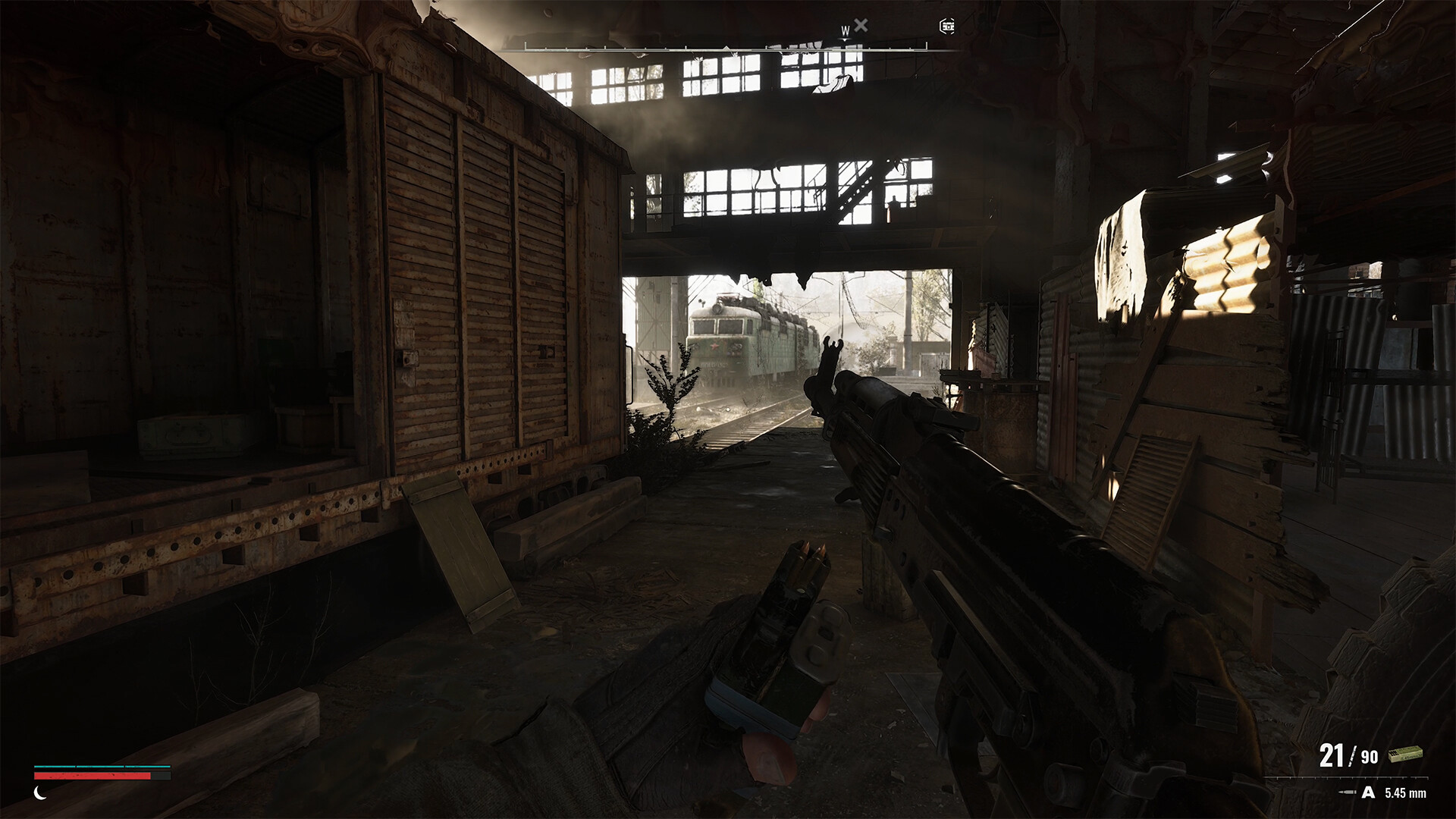
"The game will constantly punish you for mistakes and challenge you, and that keeps throughout the whole playthrough"
Zakhar Bocharov
In getting that balance of challenge and broader palatability right, Bocharov says the team had to find "the balance between being realistic and slightly arcade-y for it to be entertaining". It's an "ongoing" subject of tweaks and playtests, and a core tenet has been making each of the game's 30-plus guns "feel" as they should while changing your playstyle. Bocharov also credits the game's AI for giving shootouts that frantic, knife's-edge feeling.
"They actually search for the player, and make their own assumptions about where the player is. It can be tricky for the player, because the AI [acts closer] to how a real person would – I constantly got shot from behind while playing this game," adds Bocharov, laughing. "That's a challenge on its own, resulting in that experience of actually immersing you in a gunfight where you're not just taking aim and pushing a button to kill someone, but feeling like you're battling for your life. It's a combination of all these elements done right, while being authentic to that original difficulty."
Yet even in the original games, careful stockpiling and being stingy with every bullet meant you could be a walking death machine by their respective end sequences. It's something I don't personally like as much – that feeling of danger loses its edge when you no longer have to plan two fights ahead – but accept that it's a hard state to maintain for tens of hours. Bocharov acknowledges that Stalker 2 will have a similar pacing. "If you're trying to push yourself to keep collecting resources and play as carefully as you can, you can still end up in a situation where it's a difficult game but you're well-prepared."
"If you're a careful player, there is a point where you're more or less comfortable with resources," he continues. "But this is not stable. It can change, and the game will constantly punish you for mistakes and challenge you, and that keeps throughout the whole playthrough."
Given how much trouble those bandits caused me earlier, this admittedly feels like counting my mutated chickens before they've hatched. But it's hard not to jump ahead. I've been waiting over 15 years for a shooter to scratch the same itch that 2009's Call of Pripyat left me with, and I'm not entirely surprised to find that its long-awaited follow-up is the only game capable of doing so. Yes, these moment-to-moment shootouts are Stalker 2's standout feature, but The Zone's broader hostility is to thank (or blame) for its bleakly immersive atmosphere. Ultimately, it's Bocharov that sums it up best. "You cannot be prepared," he says, "because you don't know what will be there".
Not ready to leave The Zone? Don't worry, our Stalker 2: Heart of Chornobyl hands-on preview has much more to dive into.

Andy Brown is the Features Editor of Gamesradar+, and joined the site in June 2024. Before arriving here, Andy earned a degree in Journalism and wrote about games and music at NME, all while trying (and failing) to hide a crippling obsession with strategy games. When he’s not bossing soldiers around in Total War, Andy can usually be found cleaning up after his chaotic husky Teemo, lost in a massive RPG, or diving into the latest soulslike – and writing about it for your amusement.

